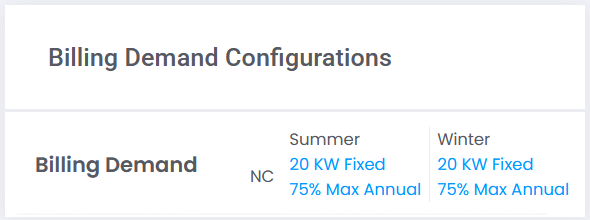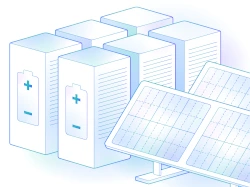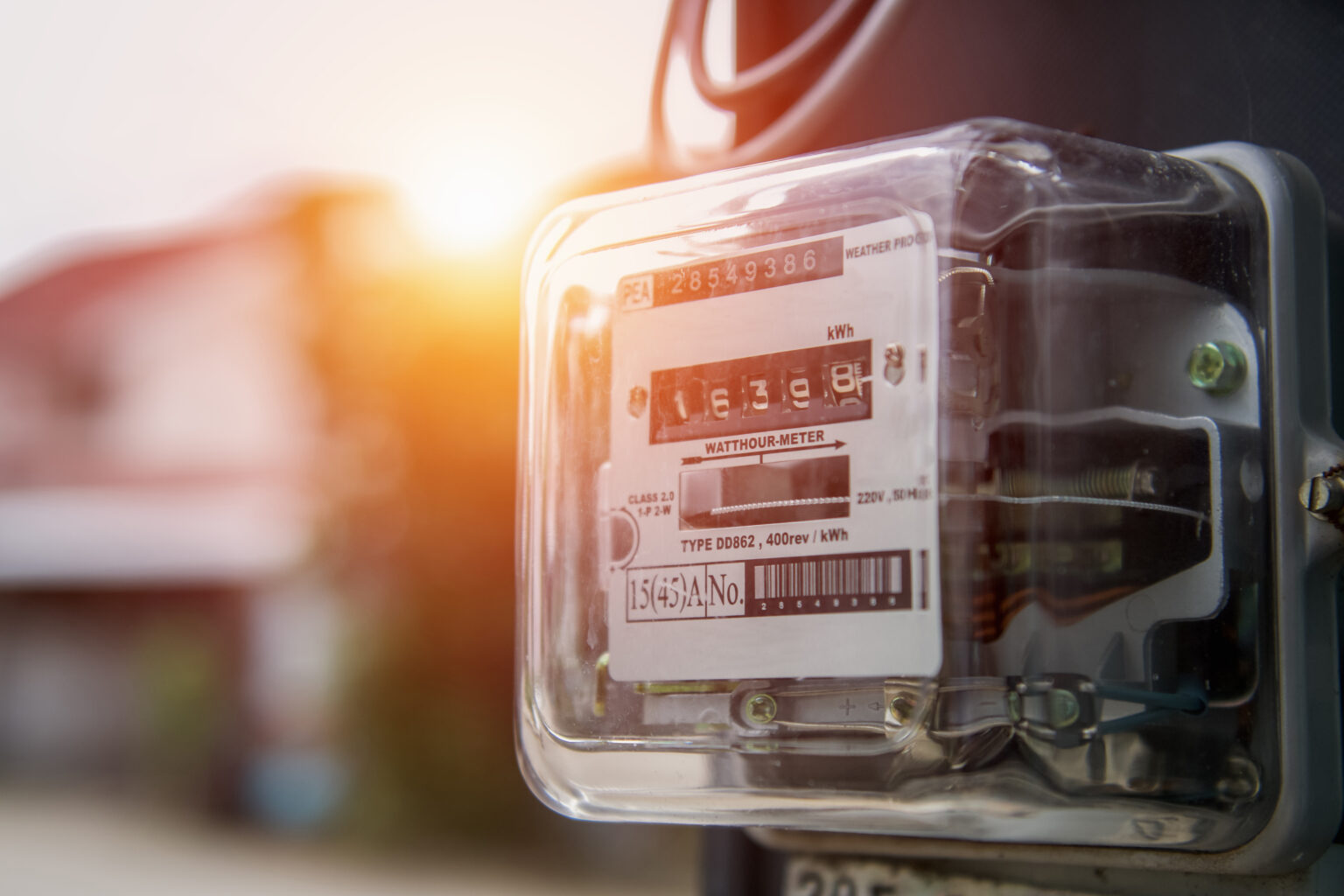There are many complexities when it comes to utility bills for solar and energy storage, ranging from time-of-use hours, hourly or day-ahead pricing, variable tiers, and more. One of the less understood and often overlooked complexities of some utility bills is demand ratchets (also known as billing demand configurations). These ratchets can significantly affect how much a site pays for electricity regardless of how much energy it actually uses in each billing period. If not properly accounted for in your solar and storage financial analysis or system design, then demand ratchets can result in higher-than-expected bills for months due to one demand spike. In this blog, we’ll explain what demand ratchets are and why they’re used, highlight strategies to mitigate their impact. We’ll also show how ETB Developer can account for them, leading to accurate proposals and projects.
What Are Demand Ratchets?
A demand ratchet is a billing rule used by electric utilities to primarily charge commercial and industrial customers for a minimum amount of power, based on a percentage of their previous peak demand, for several months after a spike in energy use. Effectively, ratchets lock in a customer’s highest peak demand as their billed demand for several billing periods. A customer’s billed demand is the demand used to calculate demand charges, while the metered demand is the highest demand recorded during a billing period.
Information regarding demand ratchets for specific rate schedules is found in a utility’s tariff sheet, often in a section called “Billing Demand.” Take the following billing demand rules from Unisource Energy Services in Arizona for their Medium General Service rate schedule as an example:

The billed demand is the greatest kW resulting from these three rules. Let’s look at each one:
- This is the max Metered Demand for the current billing period.
- This is a demand ratchet of 75% for the greatest demand in the past 11 months.
- This is the minimum demand, either the contract capacity or 20 kW.
The utility will determine the billing demand by taking the greater of the current billing period’s max metered demand, 75% of the max demand in the past 11 months, or the minimum or contract demand.
Why Utilities Use Demand Ratchets
Demand ratchets serve several purposes: their primary purpose is to ensure utilities always have a consistent level of capacity available to serve a customer’s peak load. Demand ratchet rules help the utility establish a baseline of max capacity needed for a site based on that site’s highest recorded demand within the last ‘X’ months. This ensures service is always available and that the physical infrastructure is always capable of serving peak loads. In these ways, demand ratchets also serve to maintain grid reliability, provide for infrastructure cost recovery, and incentivize consistent energy usage by customers.
Despite their use for utility companies, demand ratchets can also result in higher costs for unwitting customers caused by a single, brief period of high energy use that can significantly increase electricity bills for months. They also require effective energy management strategies like load shifting and demand charge management to avoid these spikes in the first place.
Strategies to Mitigate the Impact of Demand Ratchet
There are several strategies to reduce the impact of demand ratchets including demand charge management, demand response programs, and real-time site monitoring. Our ETB product suite is perfectly suited for controlling demand and minimizing the impact of ratchets.
Demand charge management involves employing battery storage and smart controls software to discharge stored energy during high-load periods when a site’s demand is likely to peak. This strategy shaves those peaks making them less intense, keeps demand under a certain threshold, and prevents locking in unintentional demand spikes for months to come because of any demand ratchets in place. Demand charge management is one of the many strategies ETB Controller with Acumen AI™ uses to maximize the efficiency and savings of your solar and energy storage systems. ETB Controller can tap into and stack multiple value streams, including demand response programs.
Demand response programs are initiatives that incentivize customers to reduce or shift their electricity usage during peak demand periods. These programs often offer financial incentives for reducing your load during peak times, and having an intelligent energy management system like ETB Controller that can autonomously optimize system performance greatly enhances potential savings. Our Energy Toolbase users can seamlessly enroll into several demand response programs like Demand-Side Grid Support and Connected Solutions and Clean Peak Standard, unlocking unparalleled savings for your systems. You can unlock even more savings by combining ETB Controller and demand response programs with real-time monitoring software like ETB Monitor.
ETB Monitor provides real-time insights and predictive analytics into the operational performance and savings of your solar and energy storage systems, allowing you to make smart and informed decisions. With ETB Controller as the brain behind your renewable assets, ETB Monitor functions as the eyes, giving you access to utility costs, energy savings, system performance, project economics, and much more. ETB Controller and ETB Monitor give you the tools to target and reduce demand and demand ratchet-related costs while ensuring you profit from demand response program participation.
Demand Ratchets in ETB Developer
ETB Developer users have the ability to add demand ratchets to any of their rate schedules using the Billing Demand Configurations feature.

This feature enables users to add demand ratchets as a fixed amount or a percentage of their max demand in a billing period, season, or year. Some demand ratchets only apply to certain demand charges and so users can specify which demand charges to apply their billing demand configurations to.
The impact of these configurations can be seen in the Energy Use Profile:

The rate schedule in the above example uses a demand ratchet that is 75% of the max annual demand. Of the 4 billing periods shown, 100 kW is the greatest demand reading, resulting in $1,512 in demand charges. The next two monthly demands are 63 kW and 75 kW, both of which are less than or equal to 75% of 100 kW, which means the identical demand totals of $1,134 are the result of the 75% ratchet in place. The demand totals are the same until we get to 78 kW, which is greater than 75% of 100 kW, resulting in a slightly higher demand total than the previous months.
It’s important to note that customers on a rate schedule that includes a demand ratchet may not experience immediate demand savings in the first year. For this reason, a conservative approach is recommended for a solar and energy storage analysis that includes demand ratchets. You can achieve this by either removing demand savings from year one or utilizing our demand throttle feature to reduce demand by a chosen percentage.
Demand ratchets often play an unseen role in utility billing, which is why understanding them and their impact is so important to a successful and transparent proposal. Our ETB product suite is perfectly suited for controlling demand and minimizing the impact of ratchets. We cover this and more with our monthly utility rates training webinar, and you can also take advantage of our 14-day Free Trial for ETB Developer to start modeling your projects today.

